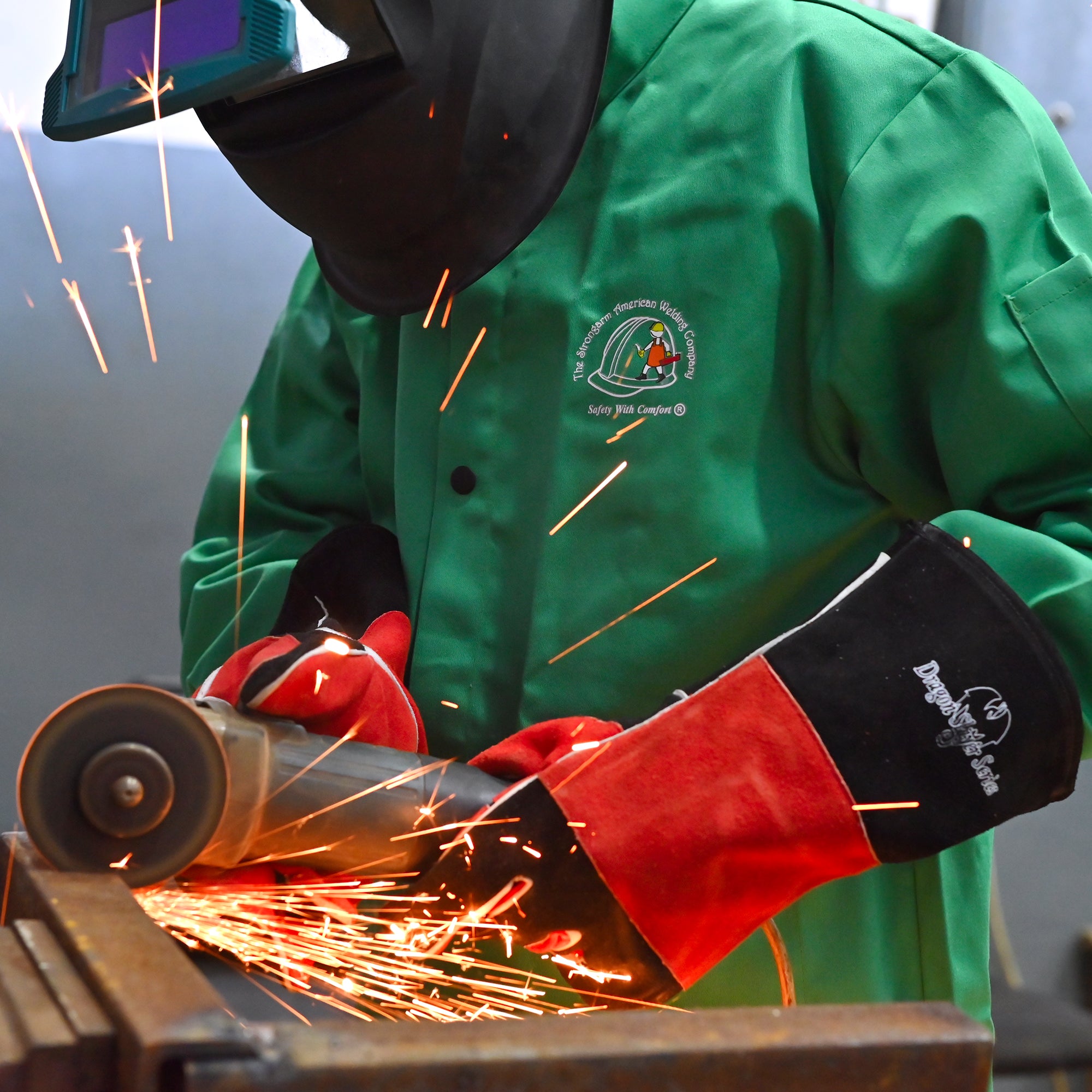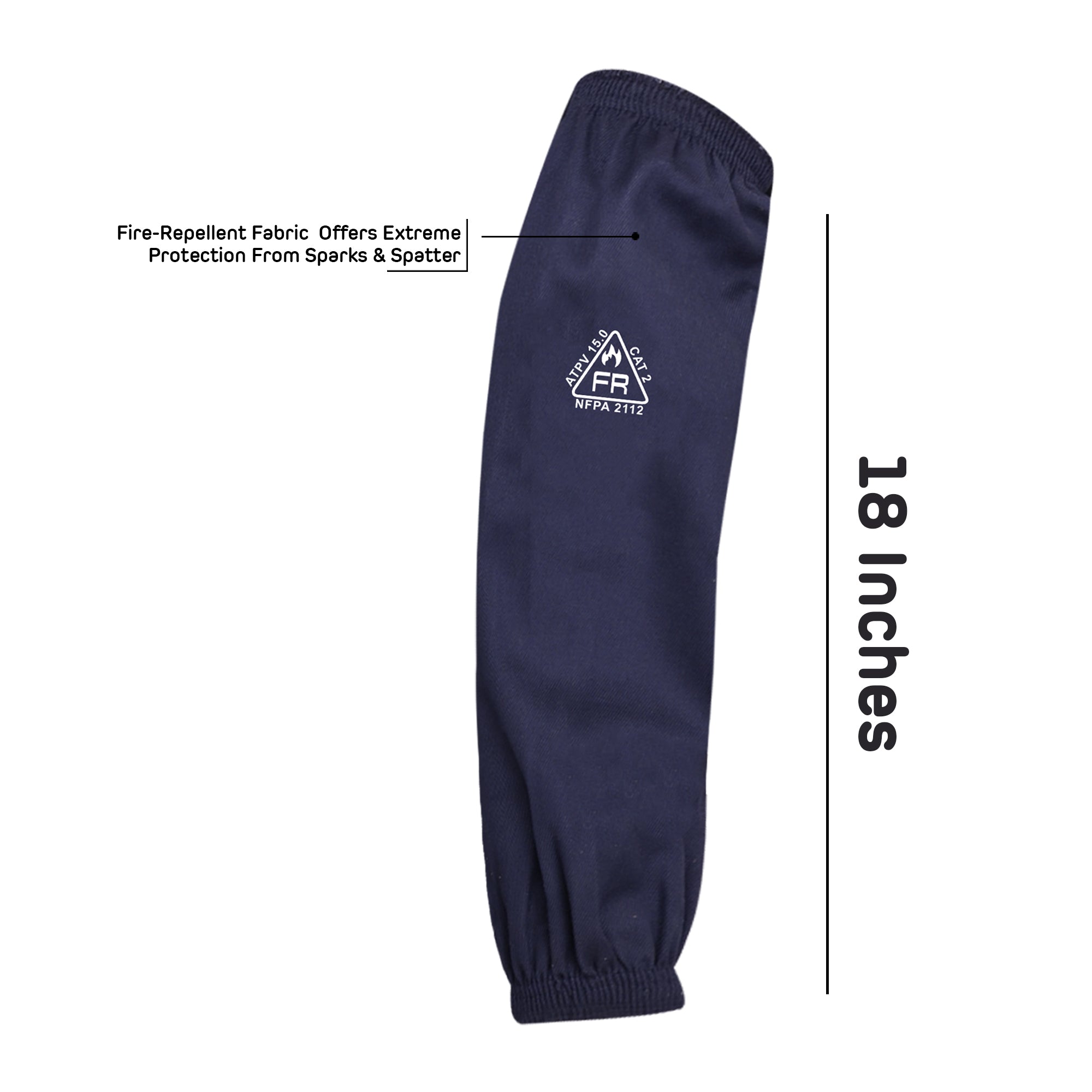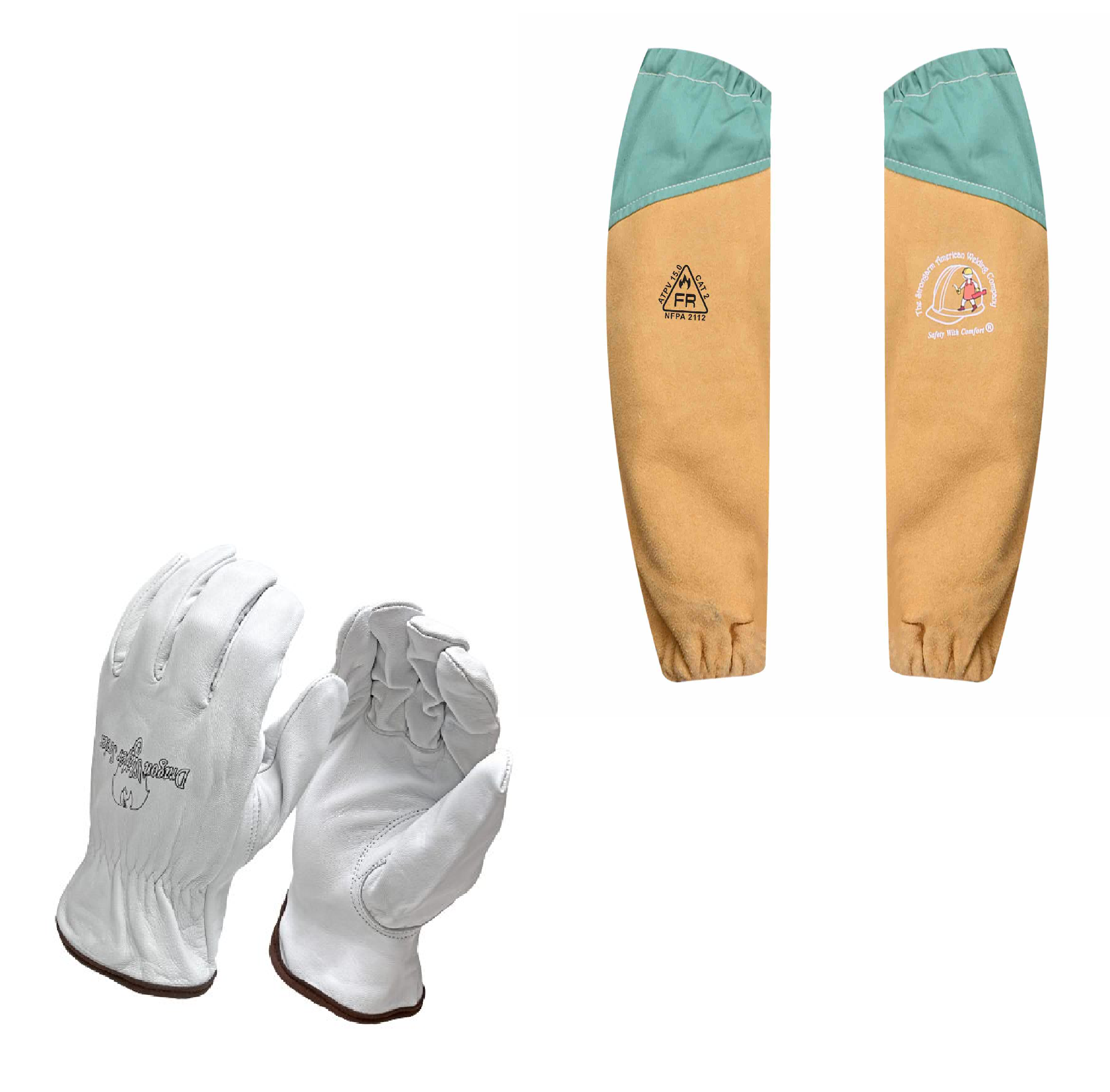Welding is a tough job, but it gets even tougher when summer rolls around and the temperatures start climbing. If you've ever been outside on a scorching hot day, imagine combining that with the intense heat from welding – it's not easy! But don't worry, with a few tips and the right gear, you can stay safe, comfortable, and productive while summer welding in extreme heat.
Let's explore how welders can work safely and effectively in extreme summer heat, focusing on summer welding techniques, appropriate protective gear, and the impact of welding temperature on both materials and workers.
The Temperature of Welding and Summer Welding Challenges
Welding is a high-temperature process, with welding temperatures often reaching over 6,000°F (3,300°C) at the arc, depending on the method. Add this to the heat of the summer sun, where ambient temperatures can exceed 100°F (37°C), and it's clear that welders face intense thermal conditions. The combination of environmental heat and the temperature welding generates can significantly impact the worker and the welded materials.
Impact of Welding Temperature on Materials
Welding requires high temperatures to melt and fuse metals. Metals can behave unpredictably at high welding temperatures, reducing weld quality. Higher welding temperatures may cause warping, expansion, and even breaking in materials, especially aluminum and stainless steel, which have different thermal characteristics than mild steel.
Understanding metal behavior under high-temperature welding conditions in the summer is important. This way welding workers can adapt their settings or methodology to accommodate variations in material behavior so that heat stress does not cause trouble for the welders.
The Risks Faced by Welding Workers in Extreme Heat
Welding in extreme summer heat amplifies the risks of dehydration, heat exhaustion, and heat stroke. These risks are heightened by the intense heat from welding processes and the need for summer welding clothes that protect workers from sparks and molten metal while managing body heat. Some of the key dangers that welding workers face during summer welding include
Heat Exhaustion and Heat Stroke
Prolonged exposure to high temperatures from the environment and the welding arc can lead to heat exhaustion or, in severe cases, heat stroke. Symptoms include dizziness, nausea, confusion, and an inability to sweat.
Dehydration
Welding workers lose significant fluids through sweating while wearing heavy protective gear. Dehydration can impair cognitive and physical abilities, increasing the risk of mistakes or accidents.
Burns and Thermal Injuries
Welding generates extreme heat; even the smallest mistake can lead to serious burns. The risk of burns is compounded by the high ambient temperature, which makes skin more sensitive to heat.
Fatigue
Working in high heat wears out the body faster, leading to quicker fatigue. Fatigue can result in decreased focus, slower reaction times, and higher susceptibility to accidents.
Essential Summer Welding Clothes for Extreme Heat
Protective gear is crucial for welders, but summer welding clothes must balance protection and breathability. Wearing the right summer welding gear can improve safety and comfort in hot conditions.
Lightweight, Flame-Resistant Clothing
The foundation of any welding outfit is flame-resistant clothing, typically made from leather, cotton treated with flame retardants, or advanced synthetics. In summer welding, workers should opt for lightweight versions of these materials. Flame-resistant cotton is often the go-to choice, allowing breathability while providing protection.
Look for summer welding clothes made from moisture-wicking materials. These materials prevent sweat from accumulating, helping to cool the body.
Cooling Welding Jackets and Towels
Cooling welding jackets are a great way to reduce core body temperature while welding in extreme heat. These welding jackets use phase change materials or circulating cool air to maintain a steady temperature, helping welders stay cool for longer.
Cooling towels wrapped around the neck or placed inside helmets are also useful for keeping the body's temperature in check. They absorb sweat and provide a cooling sensation, preventing heat-related fatigue.
Heat-Reflective Welding Gloves
Heat-resistant gloves are essential, especially when the welding temperature is high. In summer, gloves with heat-reflective surfaces and moisture-wicking linings help to keep hands cool and dry, preventing burns and ensuring dexterity. Combined with these cooling technologies, leather gloves offer the perfect mix of protection and comfort for summer welding.
Helmets with Built-In Ventilation
Modern welding helmets come equipped with fans and ventilation systems that circulate cool air, reducing the heat build-up inside the helmet. This improves comfort and prevents the welder from sweating excessively, which could compromise visibility and focus.
Hydration and Breaks: Key to Preventing Heat Exhaustion
Staying hydrated is one of the most important things for welding workers to remember during summer welding. Dehydration can set in quickly due to the combination of environmental heat and the heat produced by the welding process. Here are some hydration strategies to consider
Drink Water Frequently
Welding workers should drink water every 15-20 minutes to replace lost fluids. Don’t wait until you feel thirsty to drink, as thirst is a late indicator of dehydration.
Incorporate Electrolytes
Electrolyte drinks can replenish salts and minerals lost through sweat, keeping your body in balance.
Eat Small, Light Meals
Heavy meals increase your body’s heat production during digestion. Stick to smaller, more frequent meals rich in protein, fruits, and vegetables to maintain energy levels without overworking your system.
Take Breaks in a Cool Environment
Frequent breaks in shaded or air-conditioned areas can help your body recover from the intense heat. Even a 10-15-minute break can make a significant difference in preventing heat exhaustion or stroke.
Adapting Welding Techniques for Extreme Heat
When performing summer welding, procedures for welding techniques are necessary to ensure both the welds' safety and quality. Extreme heat can affect how metals behave and how the welding equipment performs.
Shorter Welds with Cooling Intervals
Heat builds up quickly when performing continuous welds, especially in summer. To prevent overheating of both the material and the welder, it's advisable to use shorter weld passes, taking breaks between each pass. This allows time for the metal and the welder to cool down.
Lower Amperage
High welding temperatures can cause metals to become more prone to burning or warping. Adjusting the welding machine to lower amperage settings helps control the heat input into the metal. This ensures that the material isn't overheated, which can affect the structural integrity of the weld.
Proper Ventilation
Proper ventilation is essential for reducing the inhalation of toxic fumes and managing temperature. Ensure the welding environment is well-ventilated with fans or exhaust systems that help dissipate the heat produced by the welding arc and prevent hot air buildup.
Scheduling and Heat Management for Welding Workers
Adjusting work schedules and the work environment is critical to protect welding workers from extreme heat. Here are a few strategies for effective heat management:
Work During Cooler Hours
Schedule welding tasks for early morning or late evening when the ambient temperature is lower. Avoid welding during the hottest parts of the day, typically between noon and 4 p.m.
Use Shade and Tents
When working outdoors, create shaded areas or use portable welding tents to reduce direct exposure to sunlight. This minimizes the temperature around the welder and reduces the likelihood of heat exhaustion.
Heat Monitoring Systems
Some industrial settings use heat index monitoring systems to alert workers when temperatures reach unsafe levels. These systems can trigger breaks or suggest the use of additional cooling gear when the heat becomes excessive.
Scheduling and Heat Management for Welding Workers
Adjusting work schedules and the work environment is critical to protect welding workers from extreme heat. Here are a few strategies for effective heat management:
Work During Cooler Hours
Schedule welding tasks for early morning or late evening when the temperature is lower. Avoid welding during the hottest parts of the day, typically between noon and 4 p.m.
Use Shade and Tents
When working outdoors, create shaded areas or use portable welding tents to reduce direct exposure to sunlight. This minimizes the temperature around the welder and reduces the likelihood of heat exhaustion.
Heat Monitoring Systems
Some industrial settings use heat index monitoring systems to alert workers when temperatures reach unsafe levels. These systems can trigger breaks or suggest the use of additional cooling gear when the heat becomes excessive.
Conclusion
Summer welding in extreme heat presents unique challenges that require a combination of the right summer welding clothes, proper hydration, adjusted work schedules, and adapted welding techniques. Welding workers must remain vigilant about their health and safety while maintaining the integrity of their welds in high-temperature environments.
By understanding the impact of welding temperatures on the body and the materials being worked on, welders can take proactive steps to prevent overheating, fatigue, and accidents. Whether using advanced cooling gear, adjusting your technique, or simply staying hydrated, prioritizing safety in extreme summer conditions ensures that welding workers remain productive and protected.
Strongarm is the leading welding manufacturer and provider in America. We have a team of trusted professional welders offering a wide range of welding aprons and gears to suit your needs. Contact us today for all your weldings essentials.











